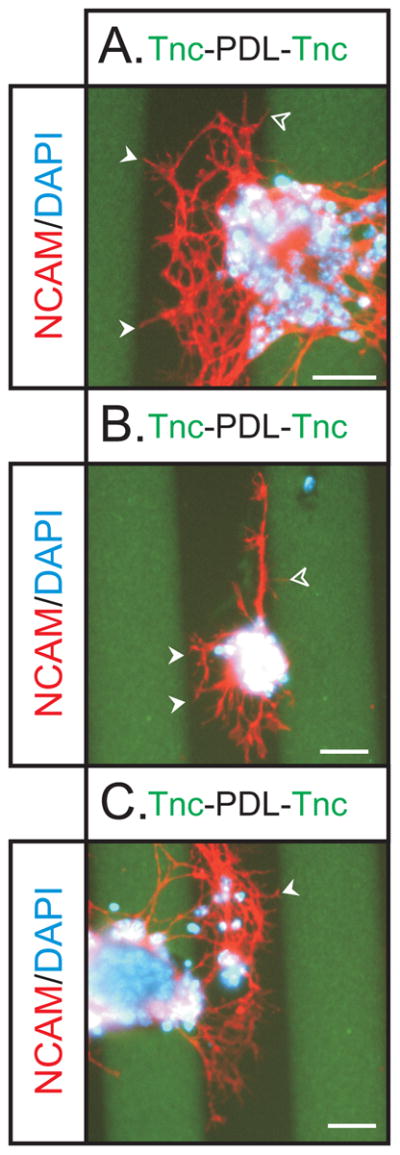Figure 4. Modified Stripe Assay of neurite outgrowth on Tnc.

To assess OSN neurite behavior at Tnc boundaries, OE explants were plated on stripes of Tnc (green) intergigitating with PDL (black). Explants were grown for 48 hours, fixed, stained with NCAM (red) and DAPI (blue). Substrate was stained for Tnc (green) so boundaries could be visualized. (A) Explants were observed to preferentially extend neurites on PDL stripes, with few being extending on the green Tnc stripes. Within the PDL stripes, neurites extensively branched, but stopped at Tnc boundaries (solid arrowheads). One process appears to have crossed the boundary onto the Tnc stripe (open arrowhead) but it is very thin and has not gown far. It is likely that this thin process is sampling the substrate and in the process of retracting. (B) An explant that was observed to extend neurites along the Tnc boundary. Note the many neurites that stopped at Tnc boundaries (solid arrowheads). Again some fine processes were seen to extend onto the Tnc stripe (open arrowhead) which likely reflect sampling of the environment. The polarized growth from this explant preferentially in the PDL stripe versus the Tnc stripe indicates the preference of OSN axons to not grow on Tnc substrates. (C) Another example of the preferential growth and branching on PDL versus Tnc. Note the neurite that has stopped at the Tnc boundary (arrowhead). Scale bars = 50μm.
